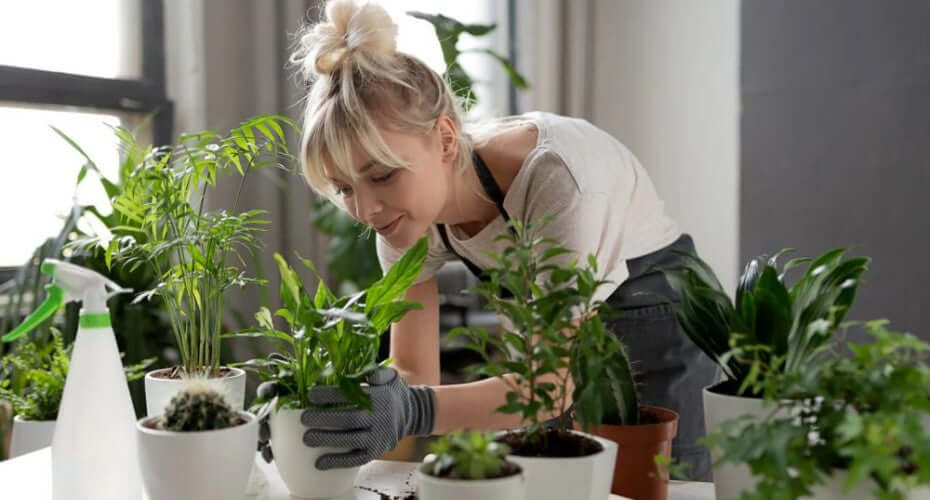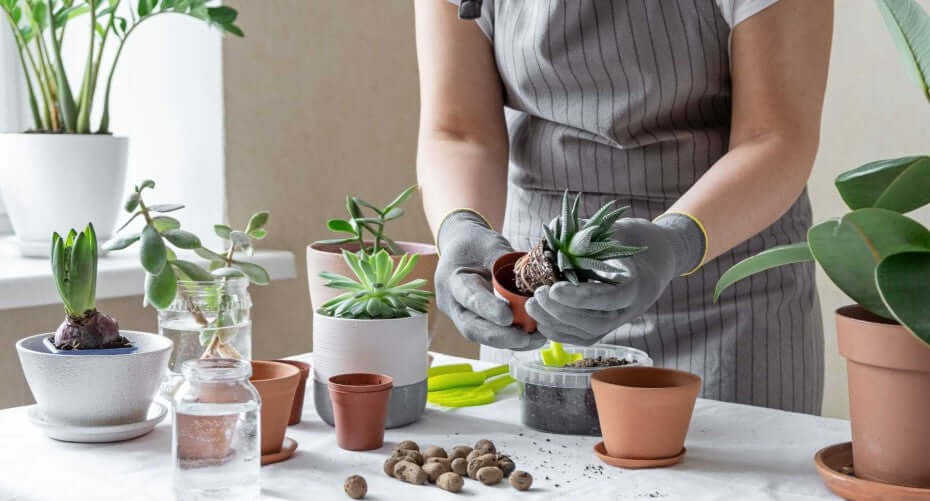With the rise of sustainable lifestyles, growing vegetables and flowers has become an increasingly popular choice for many households. Whether on a balcony, a windowsill, or in a backyard, gardening adds a splash of color to our lives. However, when embarking on this journey, many face a crucial decision: indoor gardening or outdoor gardening? Each has its pros and cons, and this article will help you understand their characteristics to make a more informed choice.
Advantages of Indoor Gardening
1. Controlled Environment
Indoor gardening allows for greater control over the plant's growth environment. You can adjust light, temperature, and humidity, creating an ideal setting for your plants. For instance, using LED grow lights ensures that plants receive adequate light, even in low natural light conditions.
2. Reduced Pest and Disease Issues
Plants grown indoors are generally less exposed to pests and diseases. The relatively enclosed indoor environment makes it difficult for many external factors to invade, providing a safeguard for healthy plant growth.
3. Enhances Living Space
Indoor plants not only help purify the air but also enhance the aesthetic appeal of your home. Greenery adds vitality to a space and can help alleviate stress, improving the mood of residents.
4. Easier Maintenance
Indoor gardening can facilitate easier plant care. From watering to fertilizing, managing an indoor environment is often simpler, without worries about external weather impacts. This convenience makes indoor gardening particularly appealing for beginners who want to develop their gardening skills without dealing with unpredictable outdoor conditions.

Disadvantages of Indoor Gardening
1. Limited Space
Indoor spaces are often limited, and most households may not have the capacity to grow many plants. For larger plant varieties, indoor gardening may not be suitable.
2. Insufficient Light
While artificial lighting can be utilized, not all plants adapt well to man-made light. Certain plants still require ample sunlight for healthy growth, which can be challenging indoors.
Advantages of Outdoor Gardening
1. Superior Natural Conditions
Outdoor gardening fully harnesses sunlight, natural soil, and rainwater. These natural conditions often support faster growth and enhance the yield and quality of plants.
2. Larger Space
Outdoor environments usually provide more extensive planting space, allowing for a variety of plants to be cultivated, including larger or more numerous varieties.

Disadvantages of Outdoor Gardening
1. Uncontrollable Environment
Outdoor gardening faces numerous natural challenges, such as climate change, extreme weather, pests, and diseases. Protecting plants from these external threats may demand more time and effort.
2. Greater Labor Intensity
Outdoor gardening often requires significantly more physical labor than indoor gardening, such as weeding, fertilizing, and watering, leading to increased labor intensity.
3. Seasonal Limitations
In certain regions, seasonal changes may restrict the planting cycle within a single year. Some plants grow better in specific seasons, making it difficult for others to survive during off-peak times.
When choosing between indoor and outdoor gardening, multiple factors need to be considered, including your living situation, available space, time and effort you can invest, and the growth requirements of the plants you select. Both indoor and outdoor gardening have their unique advantages and disadvantages, making them suitable for different people's needs and lifestyles.
How to Overcoming the Disadvantages of Indoor Gardening
For planting beginners, we highly recommend indoor gardening. It’s easier to enjoy planting through that way. Let’s see how to overcome the disadvantages of indoor planting.
1. Limited Space
Solution: Use vertical gardening techniques to maximize your space. Wall-mounted planters, hanging pots, and shelves can help you grow a variety of plants without occupying much floor space. Additionally, consider using compact varieties of plants that are specifically bred for small spaces.
2. Insufficient Sunlight
Solution: Invest in grow lights that mimic natural sunlight. LED grow lights are energy-efficient and can be adjusted in intensity to suit different plant needs. Position the lights to ensure even coverage and provide the recommended number of hours of light for your specific plants. Full spectrum led grow lights is more suitable for beginners, there is no need to adjust the color of the light, that is suitable for all the stages of plants growth. Compact size is also needed, that can help you save spaces. But please choose the one which has high PPFD.

While indoor gardening does come with its challenges, many of these can be effectively overcome with the right strategies and tools. By optimizing space, ensuring adequate light and environmental conditions, and choosing the right plants, beginners can enjoy the benefits of gardening indoors.
Ultimately, regardless of which gardening method you choose, the most important aspect is to enjoy the process of growing plants, listen to their growth stories, and experience a closer connection with nature. We hope this article provides valuable insights to help you make an informed decision.
The SANSI Compact Grow lights Mention on the Blog
LED Grow Lights
Looking for more growing knowledge? Click these blogs:
Unveiling the Advantages of SANSI LED Clip-on Grow Lamps
Full Guide – How to Choose the Right LED Grow Light for Indoor Plants
How to Overcome Limited Space for Indoor Planting? Check Out the Best Rated Led Grow Light



